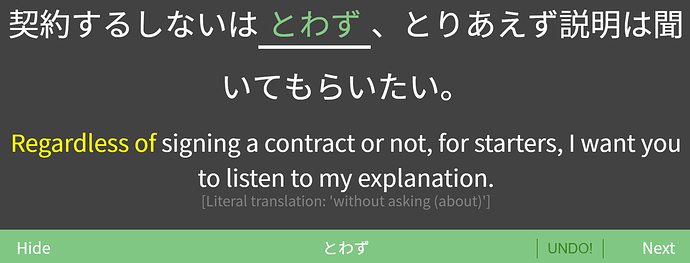I strongly recommend that you avoid adding those similar grammar points to your reviews simultaneously; you’ll remember them all much better if you master them slowly, one by one.
All of the わけ applications were a blur to me when they were introduced together in a class I was taking… But, adding them all slowly into my reviews over a couple of weeks made the various usages and interpretations plain as day 
EDIT:
This goes for similar-meaning grammar points, too. If their closest English translations have a high degree of overlap, don’t attempt them at the same time. Get real comfortable with one before adding the next.

 ; no wonder BP has their hands full, I’ll give credit to their ambition
; no wonder BP has their hands full, I’ll give credit to their ambition  (kanji SRS is much easier, right?
(kanji SRS is much easier, right? 







